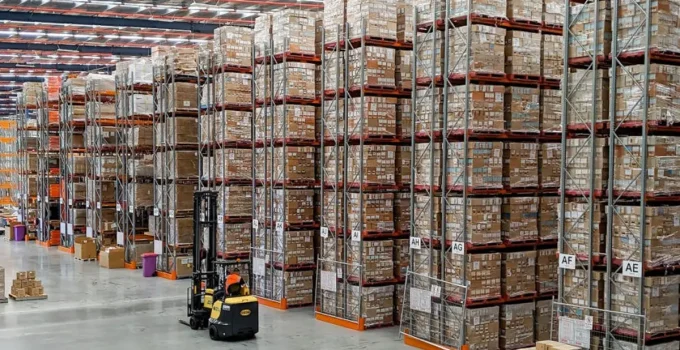
As an e-commerce business owner or retailer, outsourcing your warehousing and fulfillment operations to a third-party logistics (3PL) provider can have many benefits. However, with the wide range of 3PL warehouse options available, selecting the right partner can seem daunting. In this article, we’ll cover some key factors to consider when evaluating 3PL warehouse providers so you can find one that meets your specific business needs.
Location, Location, Location
Where a 3PL warehouse is located should be one of your top priorities. Consider how close it is to your target markets and transportation hubs. A centrally-located warehouse will help reduce shipping costs and ensure speedy fulfillment for customers across wide geographic areas. If your products are bulky or heavy, proximity to major transportation arteries like airports, seaports, or rail lines is particularly important. Some other location-based questions to ask potential 3PL partners include fleet yard locations, carrier partnerships, and customs clearance services if importing/exporting goods internationally.

Facility Size and Specs
What size 3PL warehouse do you require? Facilities range from smaller space-flex properties to huge multi-million square foot warehouses. Consider factors like annual order volumes, number of SKUs, need for value-added services, and ability to scale. Tour available facilities to verify they meet your needs for features like ceiling heights, dock doors, racking systems, temperature control, and process flow. Ask about expansion capacity as your business grows. Special requirements for cold storage, hazardous goods, or retail display areas also impact your selection.
Facility Size and Specs
What size 3PL warehouse do you require? Facilities range from smaller space-flex properties to huge multi-million square foot warehouses. Consider factors like annual order volumes, number of SKUs, need for value-added services, and ability to scale. Tour available facilities to verify they meet your needs for features like ceiling heights, dock doors, racking systems, temperature control, and process flow. Ask about expansion capacity as your business grows. Special requirements for cold storage, hazardous goods, or retail display areas also impact your selection.
Value-Added Services
Look for a 3PL warehouse partner that offers value-added services (VAS) beyond basic storage and fulfillment. Popular VAS include pick/pack, quality inspection, kitting/assembly, repackaging, and product labeling. These extra capabilities can streamline operations and provide scalability. Consider VAS critical to your specific product handling needs. For example, wholesale or retail operations may require in-warehouse merchandise displays or inventory management software. Ask partners for examples of other clients with similar product profiles.
IT Infrastructure and Systems Integration
Modern 3PL warehouse operations rely heavily on technology, so connectivity and system capabilities are essential. Confirm providers have robust WMS, EDI, LTL/TL shipping software, and web portal access for real-time tracking and reporting. Integration between your systems should be seamless. Can they provide API, EDI or other standardized connections? Evaluate IT assets and find a provider with expertise in your key integration points to prevent issues down the line. Data security, network uptime guarantees and backup/disaster recovery plans are also important components of 3PL due diligence.
Labor Resources and Training
Access to a large, skilled labor pool is necessary for successful order fulfillment from a 3PL warehouse. Ask up front about average turnover rates, training programs, safety certifications and technologies used to increase productivity like RF guns, pick-to-light systems or automated sorting equipment. Union vs non-union environments impact costs and flexibility. Consider seasonal labor needs by product life cycles. Look for examples of how the 3PL recruits, onboards teams and handles worker shortages or sudden volume surges to maintain service levels. Their ability to quickly scale labor on demand is critical for some businesses
Performance Metrics and Continuous Improvement
How does the 3PL measure and report on KPIs important to your operations like order accuracy, on-time shipping percentages, line item fill rates and average order cycle times? Request sample reports to evaluate reporting transparency and data granularity. Look for a partner committed to learning and continuously improving processes through tools like Lean Six Sigma, technology upgrades and benchmarking against industry leaders. Ask for specifics on how performance is tracked, issues are resolved and best practices are identified and scaled across their customer base over time.
Cost and Contract Terms
Consider all-in landed costs like base rates, fuel/dimensional weight surcharges, VAS fees and commitment terms. Understand payment schedules, cost escalators tied to CPI or other indices. Review service level agreements (SLAs) for order fill commitments and any penalties for missing agreed upon benchmarks. Look over termination timelines and liability clauses carefully. Longer contracts with tiered pricing that scales down over time are not uncommon if providing sufficient volume commitments. Insurance, compliance and audit requirements should also be spelled out clearly.
Back to Blog